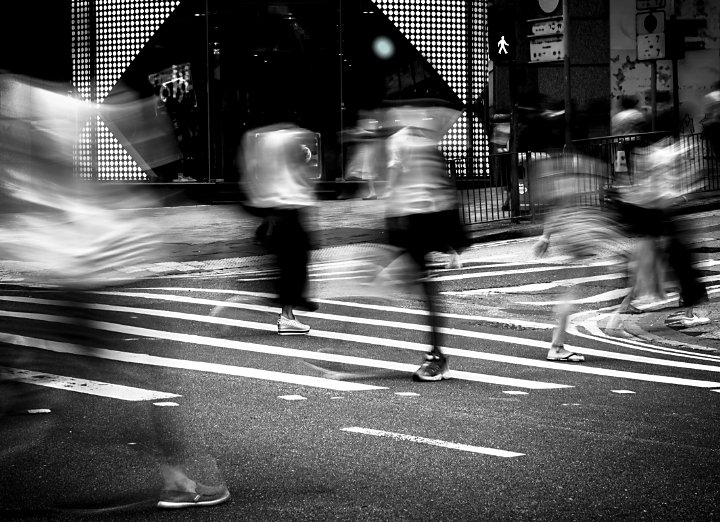Little Known Facts About Street Photographers.
Little Known Facts About Street Photographers.
Blog Article
The Greatest Guide To Street Photographers
Table of ContentsAll about Street PhotographersThe Facts About Street Photographers UncoveredThe Basic Principles Of Street Photographers The Street Photographers PDFsEverything about Street Photographers
, a style of digital photography that documents everyday life in a public area. The actual publicness of the setup makes it possible for the digital photographer to take honest pictures of complete strangers, usually without their understanding. Street professional photographers do not always have a social function in mind, yet they choose to isolate and record moments which may or else go undetected.He was influenced by several of those that affected the road digital photographers of the 1950s and '60s, he was not mainly interested in catching the spirit of the road., who worked side by side with photographers attempting to capture the essence of urban life.

Given the great top quality of his pictures and the breadth of material, architects and artists typically got Atget's prints to make use of as referral for their own work, though industrial rate of interests were rarely his primary inspiration. Rather, he was driven to picture every last remnant of the Paris he loved. The mingled passion and seriousness of his mission sparkle through, resulting in photos that tell his own experience of the city, top qualities that anticipated road photography of the 20th century.
The Best Strategy To Use For Street Photographers
They expose the city through his eyes. His job and essential understanding of digital photography as an art form served as ideas to generations of professional photographers that followed. The future generation of street photographers, though they likely did not describe themselves thus, was ushered in by the photojournalism of Hungarian-born professional photographer Andr Kertsz.
Unlike his peers, Brassa made use of a larger-format Voigtlnder cam with a much longer direct exposure time, requiring him to be more computed and thoughtful in his technique than he might have get redirected here been if making use of a Leica. (It is believed that he might not have actually had the ability to pay for a Leica during that time, however he did, nevertheless, use one in the late 1950s to take colour photographs.) Brassa's pictures of the Paris abyss lit up by fabricated light were a revelation, and the compilation of the collection that he published, (1933 ), was a significant success.
Cartier-Bresson was a champion of the Leica video camera and one of the initial photographers to optimize its capacities. The Leica enabled the professional photographer to connect with the environments and to catch moments as they happened - Street Photographers. Its relatively tiny dimension likewise aided the professional photographer fade into the background, which was Cartier-Bresson's favored method
The 15-Second Trick For Street Photographers
It is because of this essential understanding of the art of picture taking that he is often credited with discovering the tool all over again about a century because its invention. He took pictures for greater than a half century and affected generations of professional photographers to trust their eye and instinct in the minute.
These are the inquiries I shall try to answer: And after that I'll leave you with my own interpretation of road photography. Yes, we do. Let's begin with defining what an interpretation is: According to it is: "The act of defining, or of making something definite, unique, or clear".
No, absolutely not. The term is both limiting and misleading. Appears like a road photography need to be photos of a roads right?! And all road photographers, except for a tiny number of outright newbies, will completely appreciate that a road is not the key element to road digital photography, and in fact if it's a photo of a road redirected here with maybe a few monotonous people doing nothing of passion, that's not road photography that's a picture of a road.
He makes a legitimate factor do not you believe? While I agree with him I'm not sure "honest public photography" will capture on (although I do kind of like the term "candid photography") because "road digital photography" has actually been around for a long time, with many masters' names connected to it, so I believe the term is here to stay.
What Does Street Photographers Do?
You can shoot at the beach, at an event, in an alley, in a park, in a piazza, in a coffee shop, at a gallery or art gallery, in a metro station, at an occasion, on a bridge, under a bridge ...
Yes, I'm afraid we terrified no choice! Without rules we can not have an interpretation, and without a meaning we do not have a genre, and without a category we do not have anything to specify what we do, and so we are stuck in a "regulations interpretation description style" loophole! - Street Photographers
Street Photographers Fundamentals Explained

Report this page